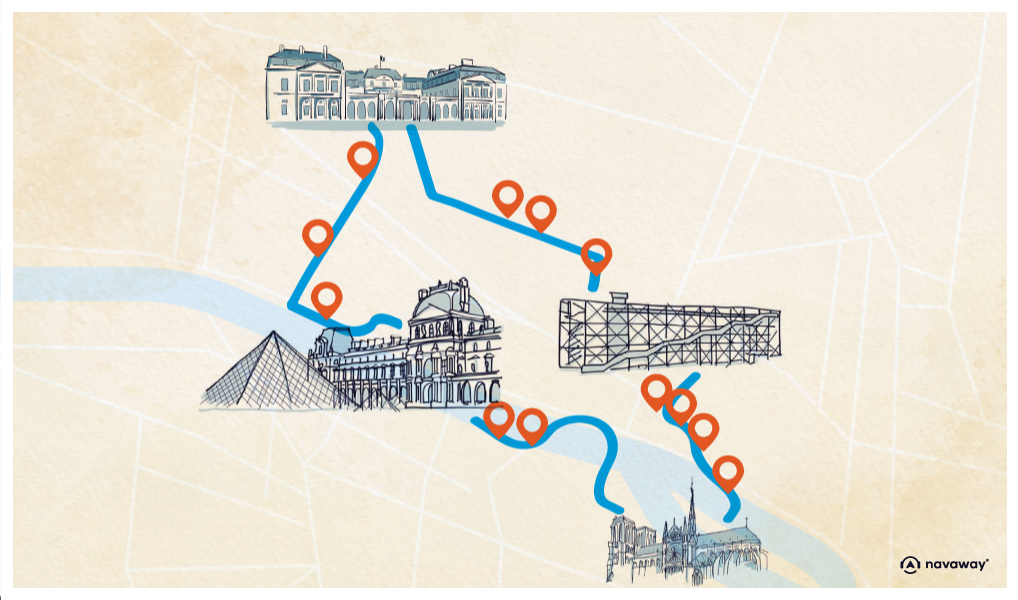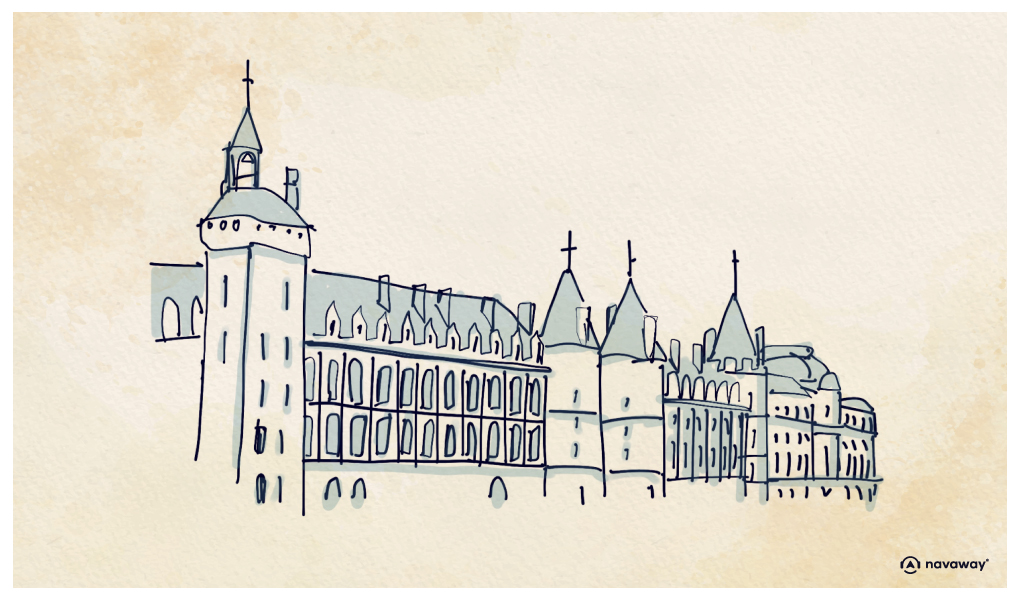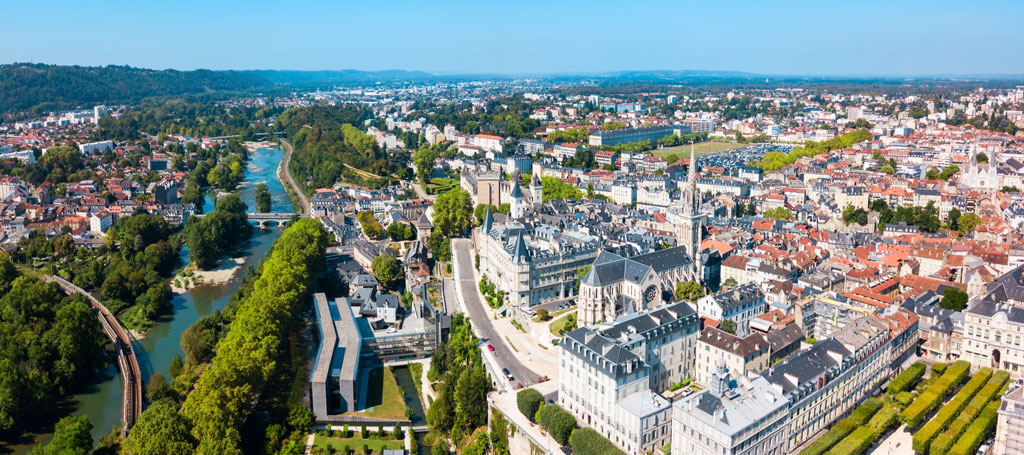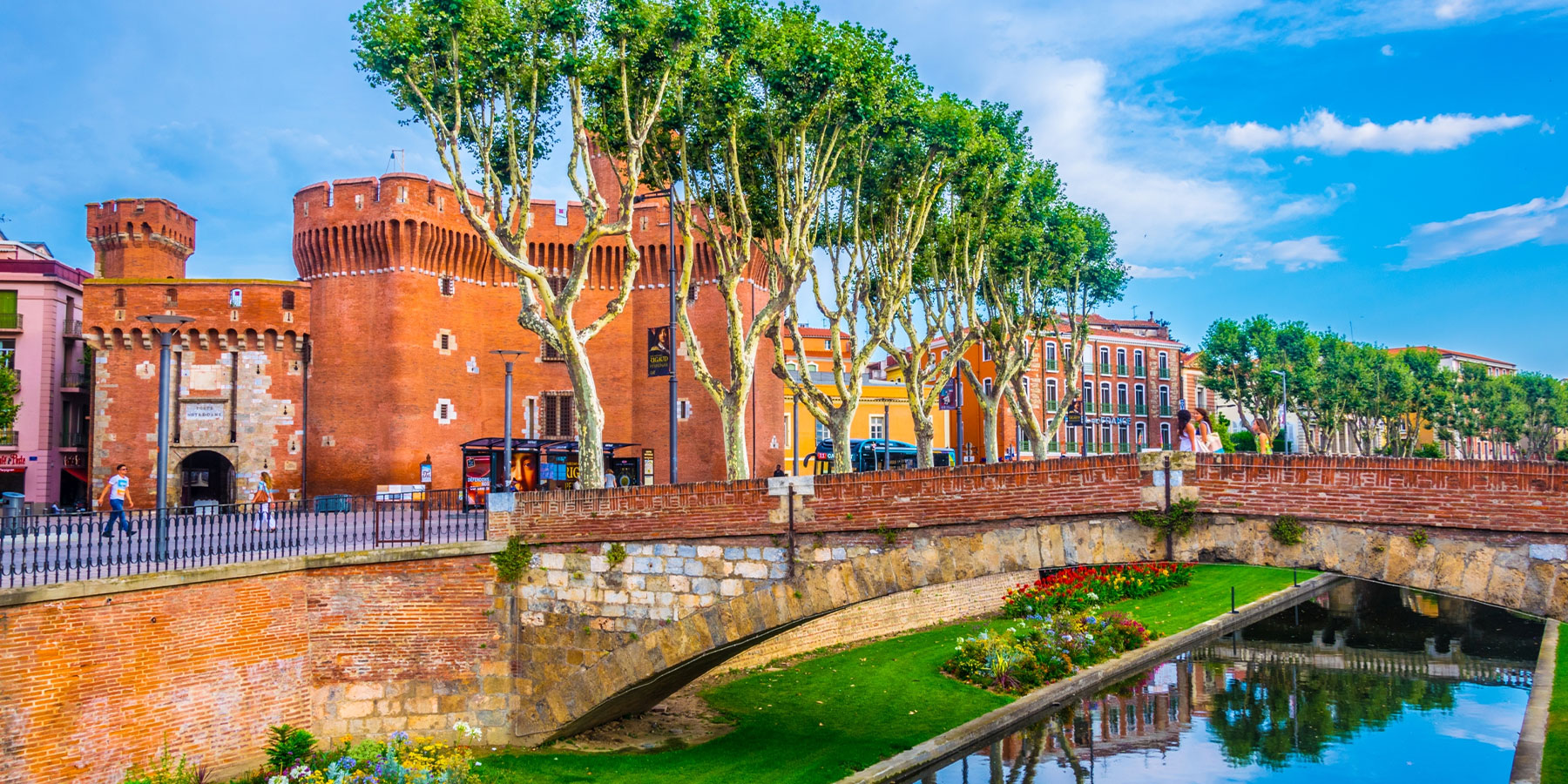
Pont-au-Change and Conciergerie

This point of interest is available as audio on the tour: Visit Paris, From the Mona Lisa to the Notre-Dame Cathedral
We can always rely on Paris’s bridges to help us find our bearings! You’re now standing on the Pont au Change, one of the 37 bridges crossing the Seine. It was named after the currency exchange offices that once stood here. It may seem odd today, but back in the day, bridges were often covered and lined with stores. Behind you is the Châtelet Square, framed by two Italian-inspired theaters. In the center, there’s the Fontaine du Palmier, the Palm Tree Fountain, commemorating Napoleon’s victories. The square was actually built at his behest, in the early 1800s. Before that, this site was home to a fortress, built by Louis le Gros around 1130 to protect the city from Norman attacks. Over time, it transformed into a courthouse for the provost of Paris and, then, in the 18th century, it served as a prison where the country’s most notorious criminals were incarcerated. It also housed torture chambers and the city’s very first morgue. It was thought to be the most sinister place in Paris, behind the Gibbet of Montfaucon, the largest gallows of the Kings of France, where the condemned were hanged. Across the bridge, there’s the Île de la Cité, with the Palais de la Cité, better known as the Conciergerie, on the right, and the Paris Commercial Court on the left. Back in medieval times, it was one of the most beautiful palaces in Europe! Naturally, it was the residence of the Kings of France! The palace also housed the parliament and most of the kingdom’s major institutions. Then, in the 14th century, the kings moved to the Louvre and the palace no longer served as a residence. The King thus appointed a concierge to ensure justice in the palace – hence the name Conciergerie! But it’s best known for having been transformed into a prison and revolutionary court by Charles V. It was here that Marie Antoinette was imprisoned before being guillotined for misappropriation of state funds, treason, and conspiracy. During the Restoration period, the monarchy came to power again, and built a chapel on the site of Marie-Antoinette’s cell. A visit to the Conciergerie is a must! It’s truly a journey through some of the most important moments in French history!

Discover other tours to visit Paris

Discover Paris with app
An interactive guide through the most beautiful streets, squares, and districts
22 fun audioguides full of historical facts, anecdotes, and legends






Comments